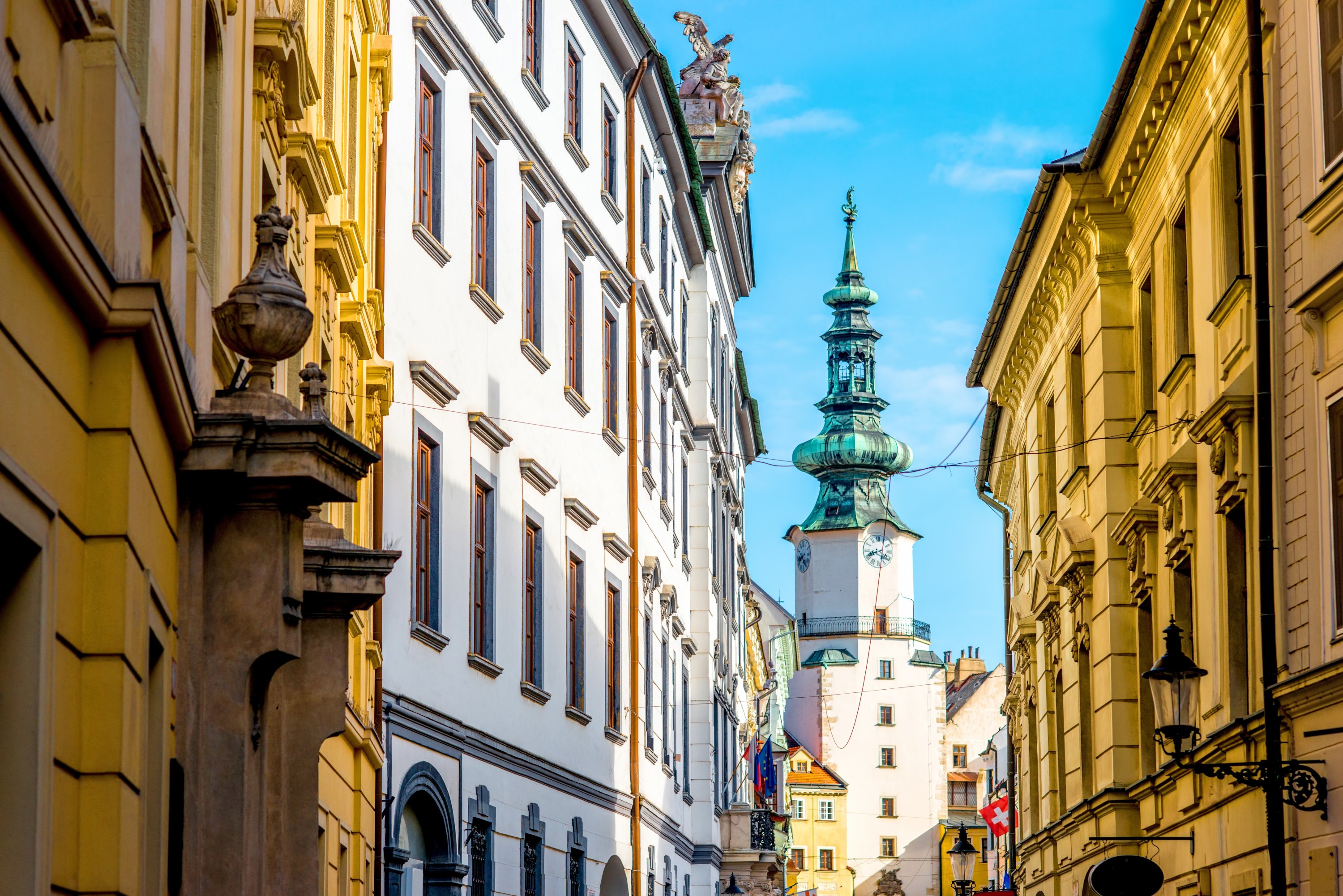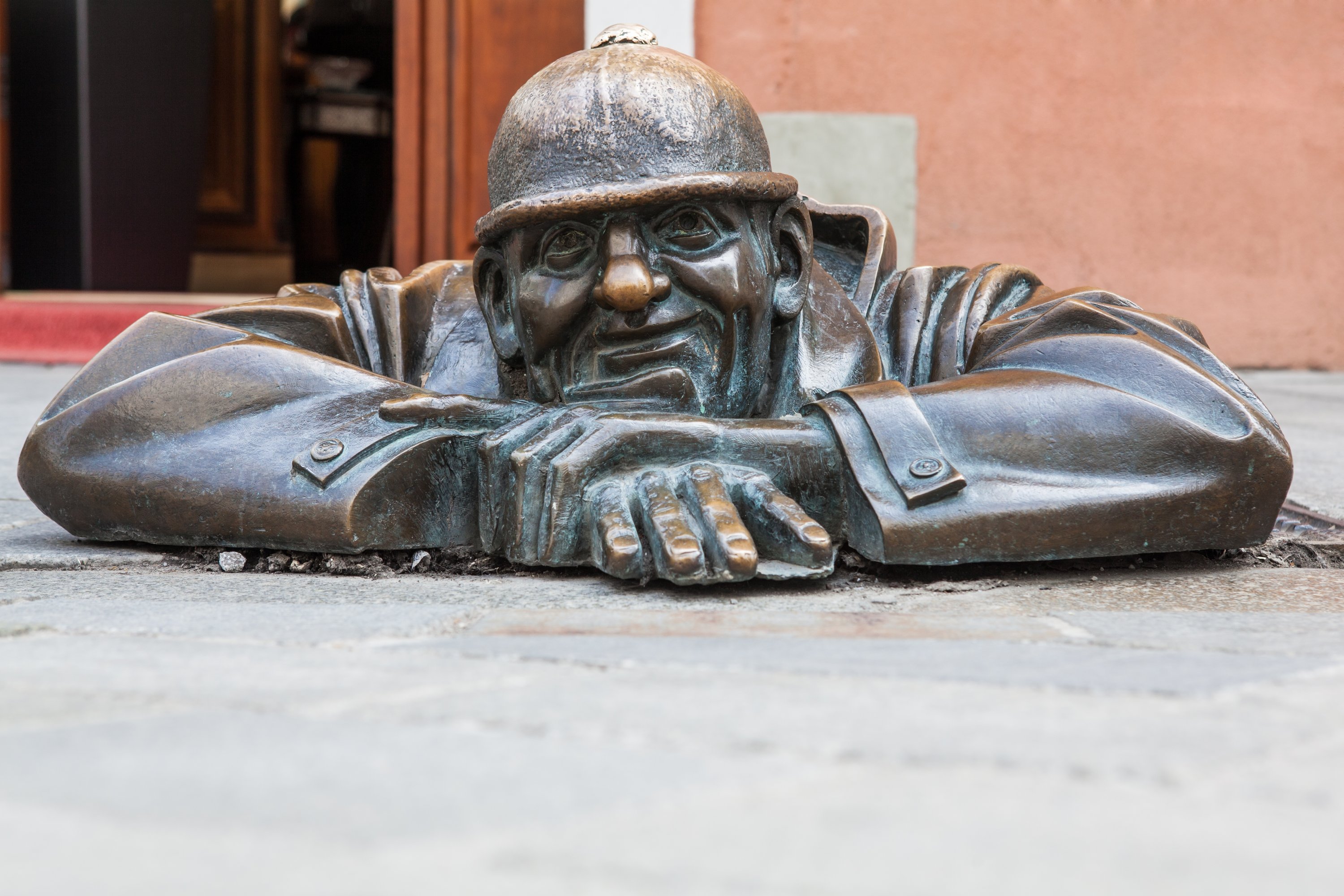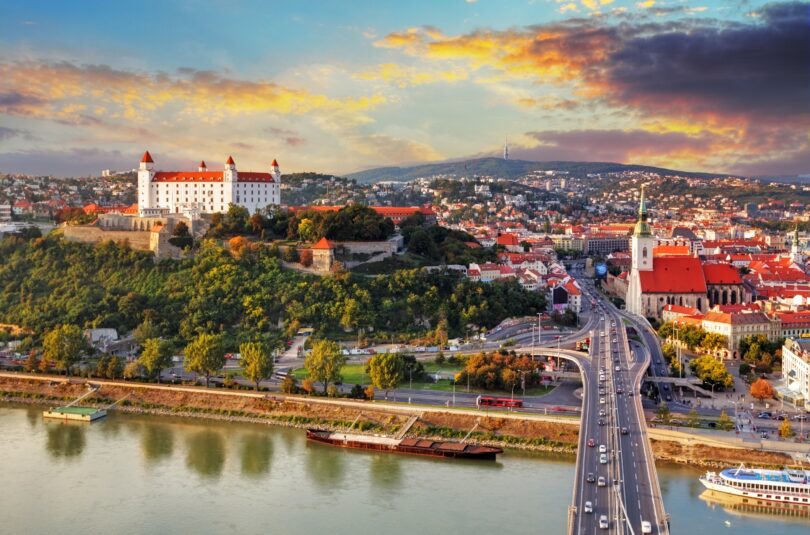ÖZGE ŞENGELEN
ISTANBUL : In my previous two articles, I introduced you to destinations where you could hit two birds with one stone, and one ticket could take you to Budapest and Vienna. In fact, by adding Prague to this duo, I mentioned that you could hit three birds with one stone, exploring three cities on a single ticket. Hold on to your seats because now we will fit four cities into one ticket.
While you’re in Vienna, it’s impossible not to mention Bratislava, located east of Vienna and just an hour away. It is an essential stop for those dedicating a significant amount of time to this journey between Budapest and Prague.
On this route, where you can squeeze in four cities, you can extend your stay in Vienna and take a day trip to Bratislava, eliminating it from your itinerary. If you opt to travel to Bratislava from Prague, it will take approximately 4.5 hours, or around 2.5 hours from Budapest. It’s possible to reach all the mentioned cities by train or enhance your journey’s comfort by renting a car.
Now, let me present you with an accelerated guide to Bratislava that you can complete in a single day.
Brief overview of Bratislava
Bratislava, the capital of Slovakia, is a small city nestled in Central Europe. Situated on both banks of the Danube River, it is the only capital in the world bordering two different countries, Austria and Hungary. Throughout history, Bratislava has been under the dominion of various empires. After approximately 500 years under the rule of the Hungarian Empire, it became part of Czechoslovakia.
However, following the division of Czechoslovakia, it became the capital of the present-day Slovak Republic. Bratislava has hosted diverse peoples and cultures throughout its history, embracing its various heritages and successfully preserving its historical structure. The name Bratislava, meaning “Slavic Brotherhood” (Brat: Brother Slav: Slav), is also called Pressburg by Germans.
When to visit Bratislava?
For visiting Bratislava, the most suitable months are generally between April and September. It’s worth noting that while summers are hot and humid, winters are cold and rainy. Therefore, spring and summer are the most enjoyable months for exploring Bratislava.
Regardless of the season, it’s essential to remember that Bratislava has a continental climate, resulting in significant temperature variations between day and night. Thus, it’s advisable to pack accordingly. Even during the summer months, when visiting Central European countries, it’s wise to include at least a light jacket or sweater in your suitcase.
For those who are less concerned about weather conditions and more interested in festivals, Bratislava hosts numerous cultural and artistic events throughout the year. You can plan your visit to coincide with events such as the Bratislava Music Festival, Bratislava City Days, Bratislava Ball, Junifest National Beer Festival, Slovak Food, Cultural Summer and the Castle Festival, Viva Musica Festival, Craftsmen Days Uluv, The Beer Saloon, or the Bratislava International Film Festival.
Old Town and Hlavni Namesti
Bratislava boasts an Old Town where you can witness history firsthand. This area, closed to traffic, is perfect for leisurely strolls. The main square of the Old Town, Hlavne Namesti, exudes a warm charm. The Old Town Hall and the Roland Fountain, located in the square, are among Bratislava’s notable landmarks.
Bratislava City Museum
For those who never miss a museum visit while exploring a city, the Bratislava City Museum, located on Hlavne Namesti, offers a comprehensive insight into Slovak history, spanning from prehistoric times to the present day.

Michael Gate and Novy Most
Exiting the Old Town through the historic Michael Gate dating back to the 14th century, you can cross over to the other side of the Danube River, known as the new city, via Novy Most. As with any European city, you’ll find that the new city also exudes medieval charm and historical ambiance. You can spend the day wandering the historic streets of the Old Town. Additionally, those who appreciate uniqueness can dine at the UFO Restaurant atop the UFO Observation Tower on the bridge, enjoying a spectacular view.
St. Martin’s Cathedral
Located to the west of the Old Town, St. Martin’s Cathedral dazzles as the city’s largest religious structure. Established in 1452, the cathedral has hosted coronation ceremonies for kings and queens in the past.
Blue Church
With its distinctive color and architecture, the Blue Church is likely to leave a lasting impression on visitors to Bratislava. Built at the beginning of the 20th century, the church’s mosaic stones add a unique touch. Also known as the Church of St. Elizabeth, this church is a must-visit for those seeking something different in Bratislava.
Napoleon Military Statue
While strolling through the streets of Bratislava, you might come across bronze statues that add a touch of whimsy to your photographs. One such statue is the Napoleon Military Statue, located close to the main city square.
There are many legends surrounding the statue, with some suggesting that it commemorates the futility of the Napoleon invasion of 1805. Others claim it depicts a soldier who fell in love with a Slovak girl during the invasion, threw down his weapons and decided to live here.

Cumil Statue
As you wander the streets of Bratislava, you may encounter the bronze statue of Cumil, a little man popping out of a manhole. Meaning “Watcher,” this bronze statue is sure to bring a smile to your face. Located at the intersection of Laurinska and Panska streets, Cumil deserves a photo alongside his endearing smile.
Schoner Naci
Another bronze statue pays homage to Schoner Naci, who lived in the early 1900s. The grandson of a famous clown who delighted people, Schoner Naci used to wander the streets, politely greeting passersby. When you visit Bratislava, allow him to greet you with his fedora hat, and be sure to capture a photo with Schoner Naci.
Bratislava Castle
Almost every city in Central Europe boasts a castle, and Bratislava is no exception. If you wish to capture panoramic views of the city and observe it from above, you can climb up to the castle.
Finally, there are various alternatives for those who cannot imagine a journey without visiting museums, such as the Slovak National Museum, Archaeology Museum, History Museum, Jewish Culture Museum, Pharmacy Museum, and Clock Museum. And, of course, while in Bratislava, don’t forget to try the local flavors. You can experience dishes such as kremova cesnakova polievka, a creamy garlic soup served in bread, Hungarian goulash, and trdelník, a traditional sweet pastry.







